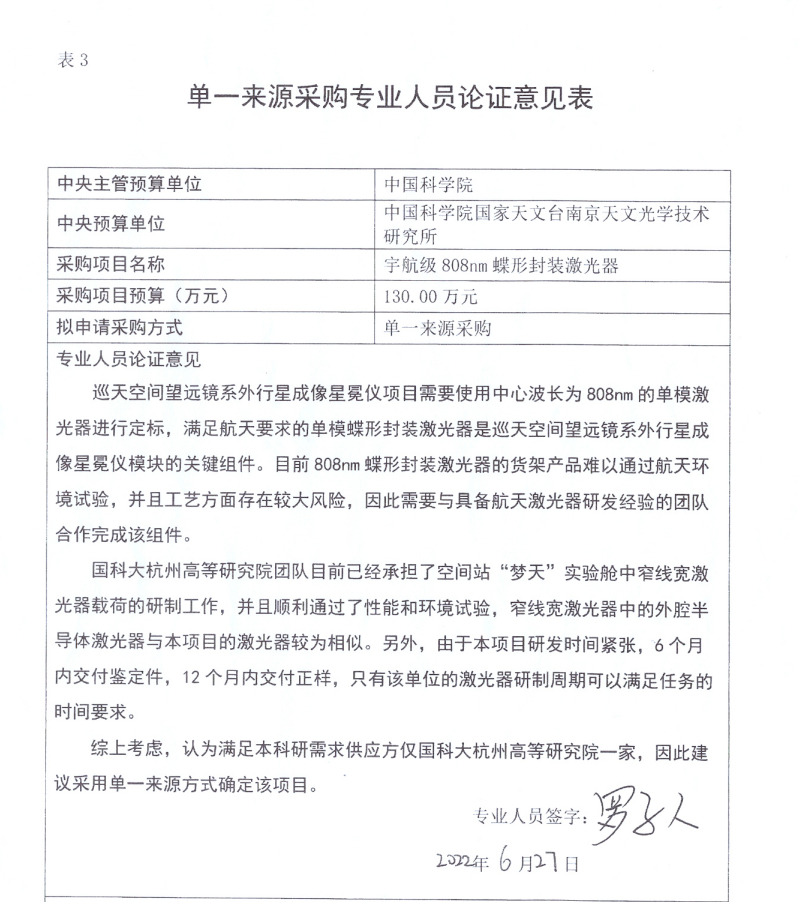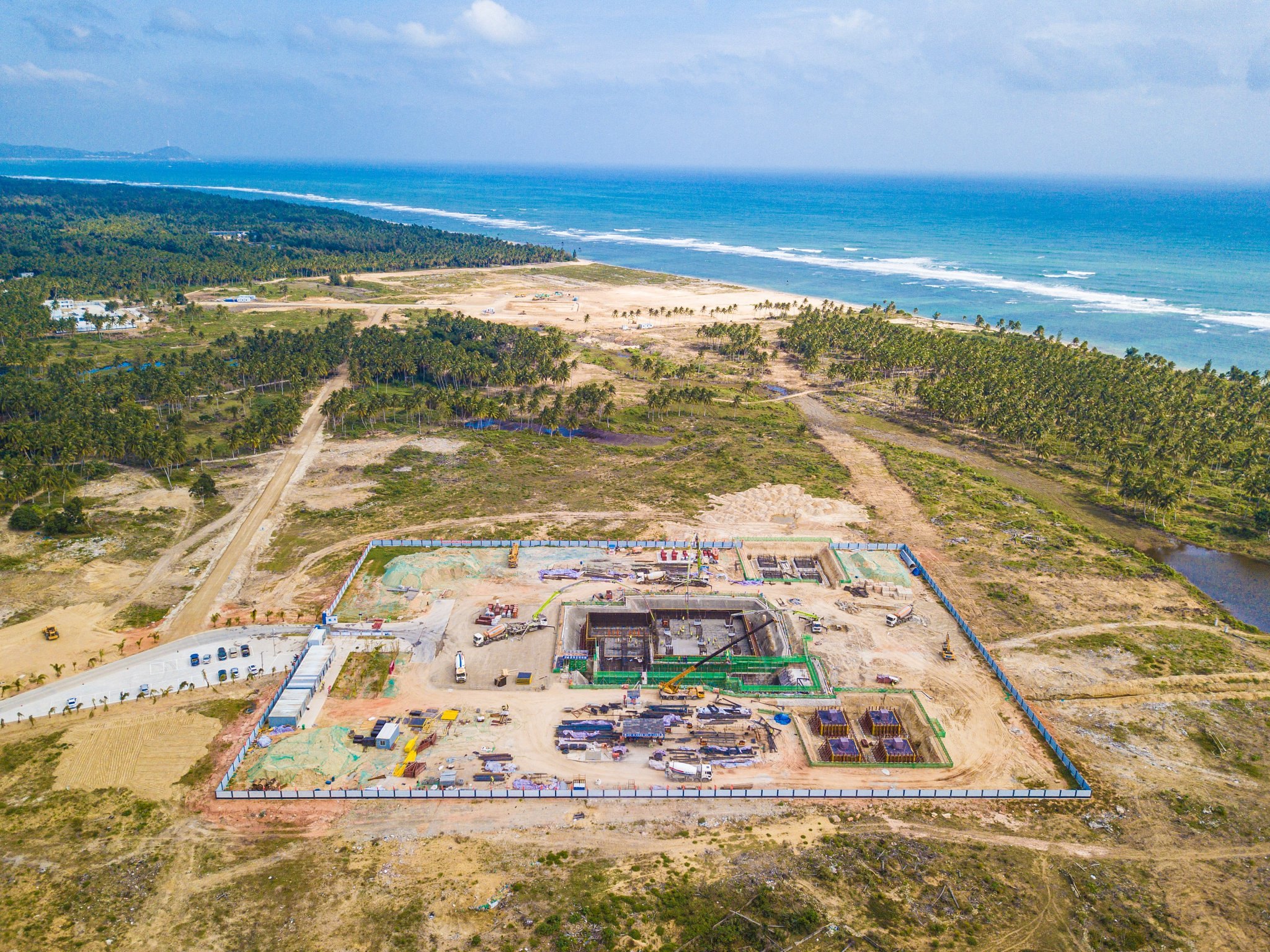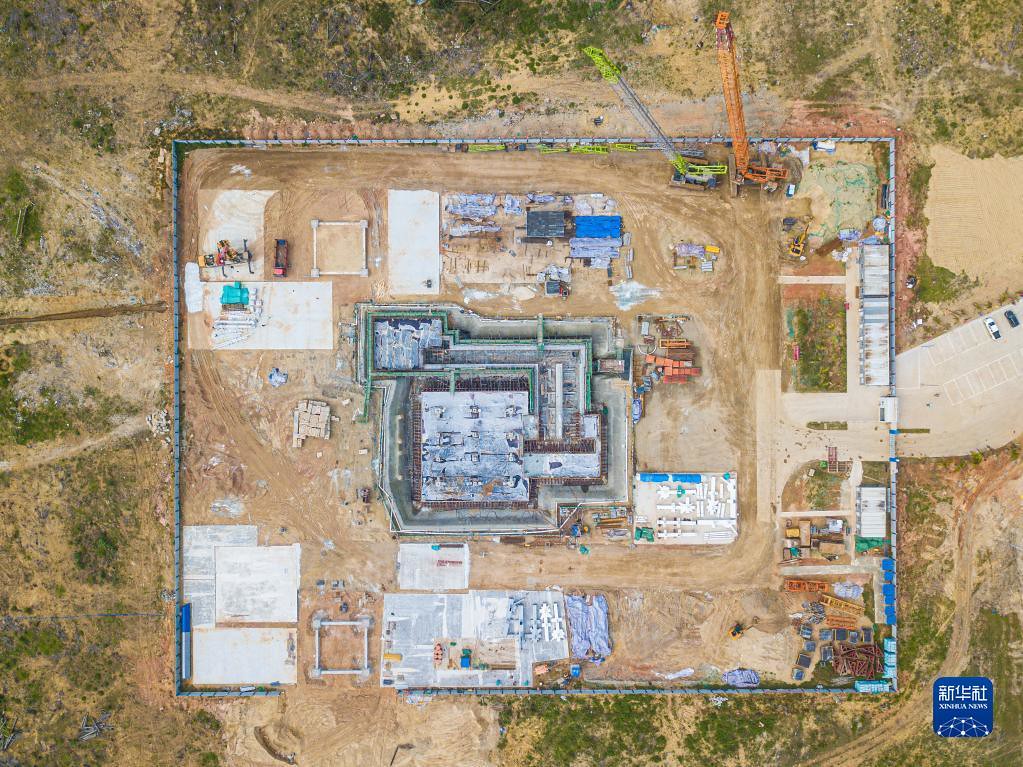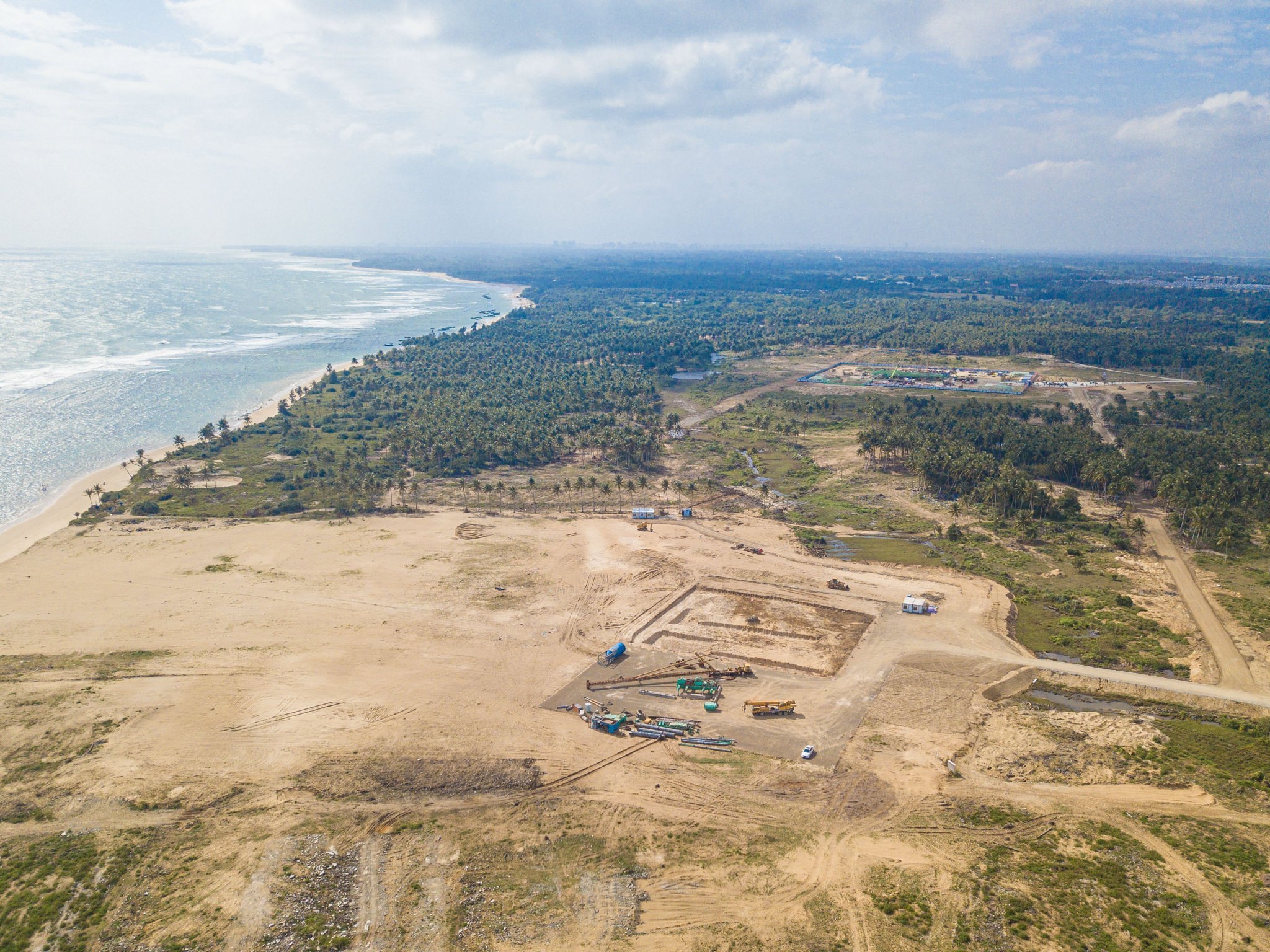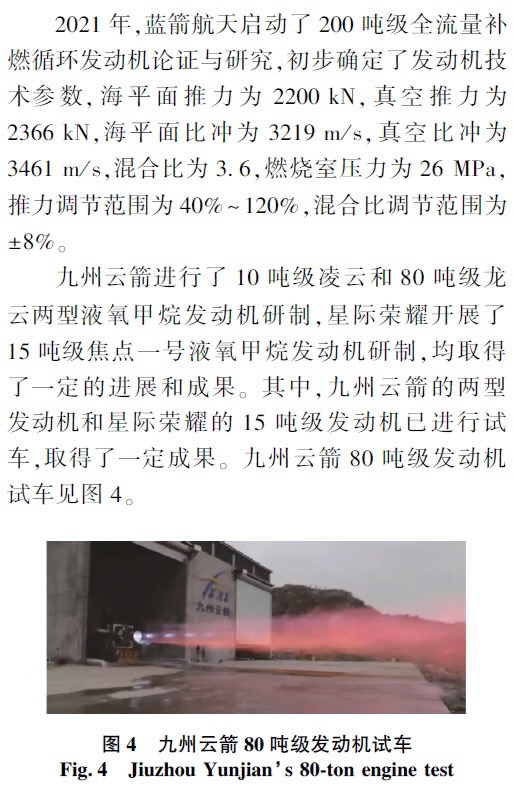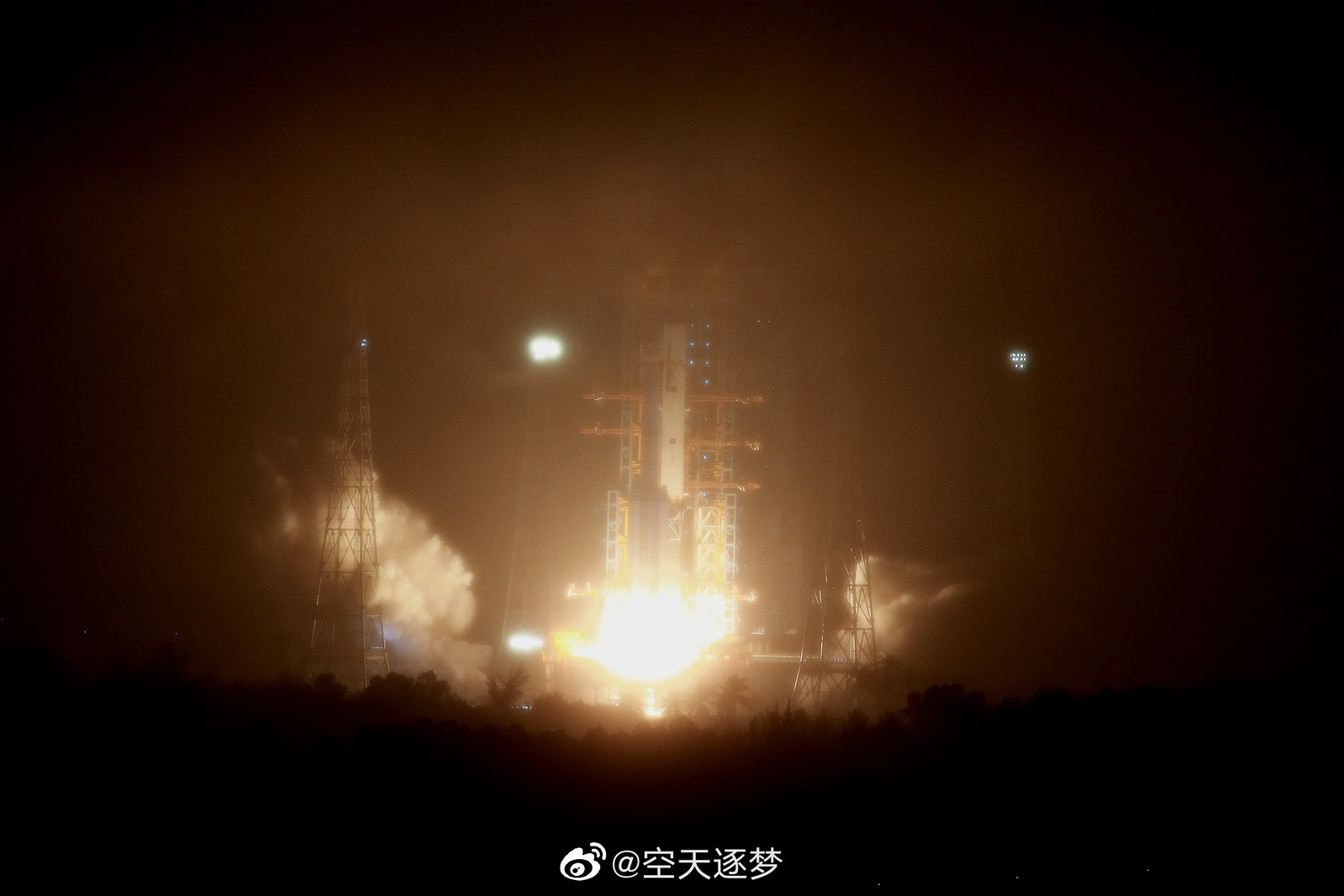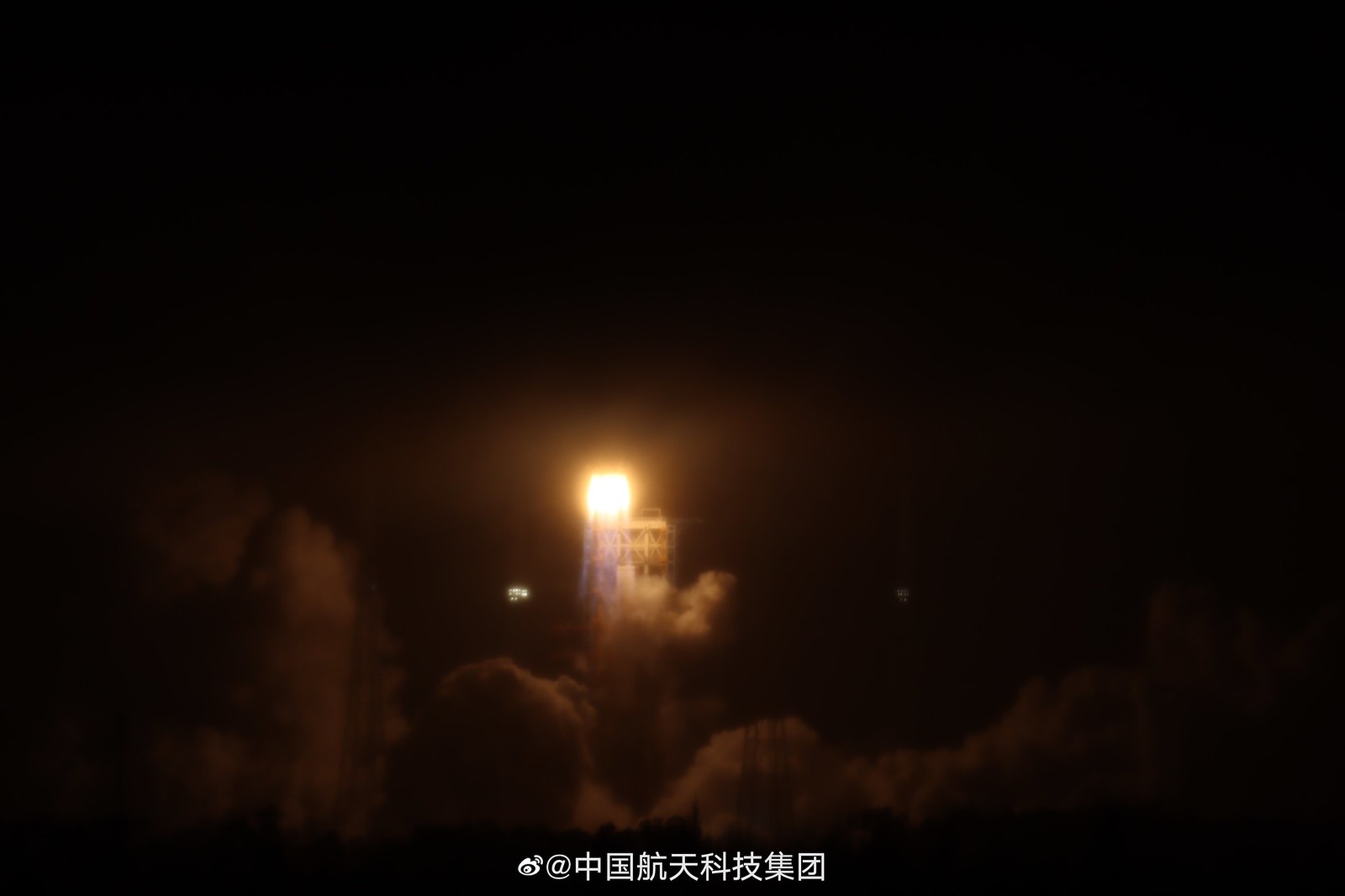Some screen captures of an academic paper published by the private launch company LandSpace. It talks about China's LOX/Methane engine development efforts, among other things. The paper mentions that currently LandSpace and Xi'an Aerospace Propulsion Institute are separately working on 200-ton full-flow staged combustion cycle (FFSC) LOX/Methane engines.
Some parameters of LandSpace's FFSC LOX/Methane design (it falls between SpaceX's Raptor and Blue Origin's BE-4):
- Trust (sea level, vacuum): 2200kN, 2355kN
- Specific impulse (sea level, vacuum): 3219m/s or 328.25s, 3461m/s or 352.93s
The paper also lists some parameters for the TQ-12 and TQ-12A engines being developed by LandSpace.
TQ-12:
- Thrust (sea level, vacuum): 658.5kN, 747kN
- Specific impulse (sea level, vacuum): 2779m/s or 283.57s, 3152m/s or 321.63s
- Dry mass (?): <800kg
- Re-usability: >5 times
- Variable thrust range: 80% to 105%
TQ-12A:
- Thrust (sea level, vacuum): 720kN, 807kN
- Specific impulse (sea level, vacuum): 2818m/s or 287.55s, 3160m/s or 322.45s
- Dry mass (?): <700kg
- Re-usability: >10 times
- Variable thrust range: 50 to 105%


